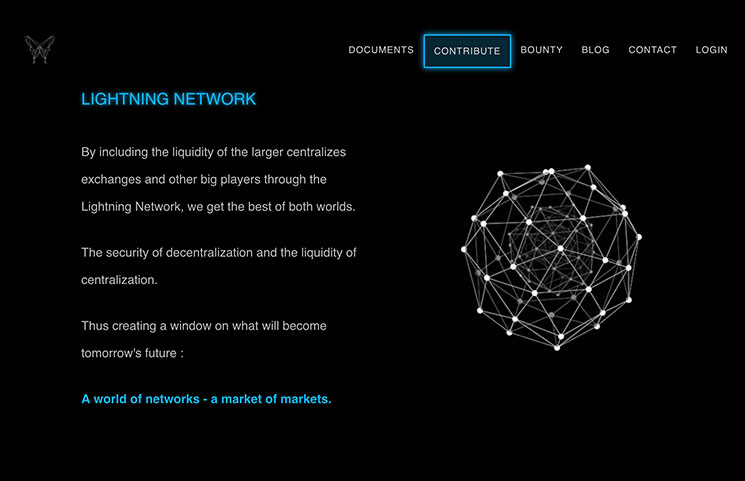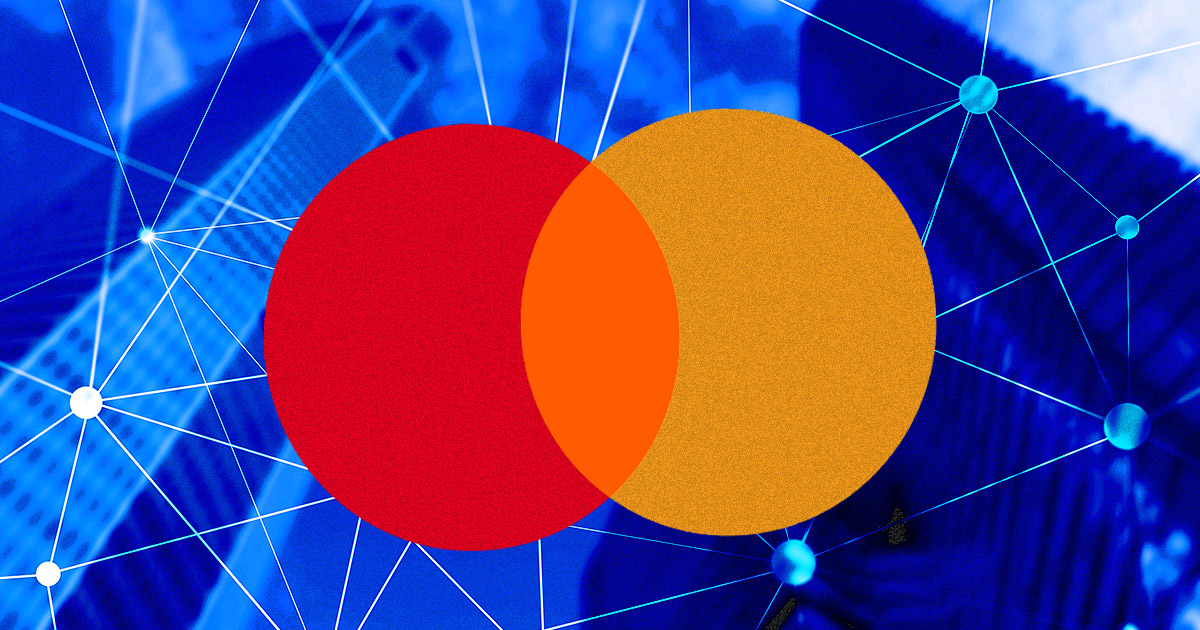
2019-4-24 01:38 |
Lightning Labs just released an alpha version of its Lightning Network wallet. The desktop application is now compatible with Bitcoin’s mainnet and it leverages Neutrino (the protocol, not the analytics company acquired by Coinbase) to give users a lightweight option to “control their own funds,” as opposed to running a full node or trusting a third party to play custodian.
“This release required a diverse skill set of protocol engineering, product development and design thinking,” Tankred Hase, a Lightning Labs application developer, told Bitcoin Magazine. “I’m lucky enough to work with such a talented team at Lightning Labs where we can bring all those perspectives together. I’m hoping this release makes Bitcoin and Lightning more accessible to new types of users.”
The release, which Lightning Labs says in a blog post “is still an early version targeted at testers,” is immediately available for macOS, Windows and Linux, while smartphone applications for Android and iOS “are coming very soon,” Hase told us.
Hase also said that the Android app is still in development internally and the iOS iteration is “available publicly in pre-alpha in TestFlight.” He added that the company needs to “polish Lightning Network Daemon/Neutrino stability and performance” before the full releases.
For the desktop application, v0.5.0-alpha will launch on Bitcoin’s mainnet by default, while prior versions will now allow users to automatically update when they enter testnet (the testnet version will still be available, though it will likely be most useful for developers and engineers in light of this mainnet release).
The update has introduced a slew of improvements, according to Lightning Labs. It sports a unified balance to help users keep track of how much bitcoin they have on-chain or in payment channels, with the latter demarcated by a percentage under the aggregate balance. Users will also be able to view how many satoshis are in each channel with the app’s channel page.
Autopilot — a feature for the Lightning Network Daemon implementation that makes it easier to connect to nodes to set up channels — now includes a scoring system to judge which nodes would be most effective at routing payments. This autopilot mechanism is a default feature now, though the application also lets its users manage their node connections and channels manually if they wish.
“Selecting which node to open a channel to is something we don’t want our users to burden themselves with,” the post reads. “Selecting a set of initial channels is an important part of bootstrapping new users to the Lightning Network, and with this new system, we’ll ensure that our users’ very first channels act as reliable gateways to the Lightning Network.”
Down the road, Lightning Labs will integrate Lightning Loop to give users the option to top up channel balances or empty them without closing the channels themselves.
The above features are notable for user experience and interface improvements, but perhaps the most salient addition in the release is the wallet’s use of Neutrino. As the blog post succinctly spells out, Neutrino, which can be used for on-chain wallets but is especially useful for Lightning, “is a light client specification that allows non-custodial Lightning wallets to verify Bitcoin transactions.” Basically, it allows software clients (applications) to receive compressed blockchain data to verify transactions without having to download the full Bitcoin blockchain, which clocks in at an unwieldy 200 GB. This gives these clients a degree of the same privacy that full nodes enjoy, without sacrificing custody of funds to a third party (the typical trade-off for using a lightweight wallet).
“Without Neutrino, a non-custodial solution required using the command line interface, setting up your own Bitcoin + Lightning full node and the configuring of a third-party app to connect remotely to your node,” Hase told Bitcoin Magazine. “That process was very technical and required way too many steps for average users. Neutrino allows us to bundle everything up into one app that users can open with a double click.”
So if you use Lightning Labs’ wallet, even if you’re not connected to your own node, you have complete custody of your funds.
The post concludes by warning users that Lightning is “still very early technology and there’s a risk of losing all of your funds.” It also calls for the community to help improve the application by reaching out to Lightning Labs and opening up requests on GitHub.
As the technology is still risky — and the Neutrino client is young — Lightning Labs won’t be resting on its laurels. As Hase told us in our correspondence, there’s still plenty of work to do and much they can learn from this rollout as users begin tinkering.
“It’s still the very first release and now is the time to iterate and start learning,” he said.
This article originally appeared on Bitcoin Magazine.
Similar to Notcoin - Blum - Airdrops In 2024
Lightning Bitcoin (LBTC) íà Currencies.ru
|
|















